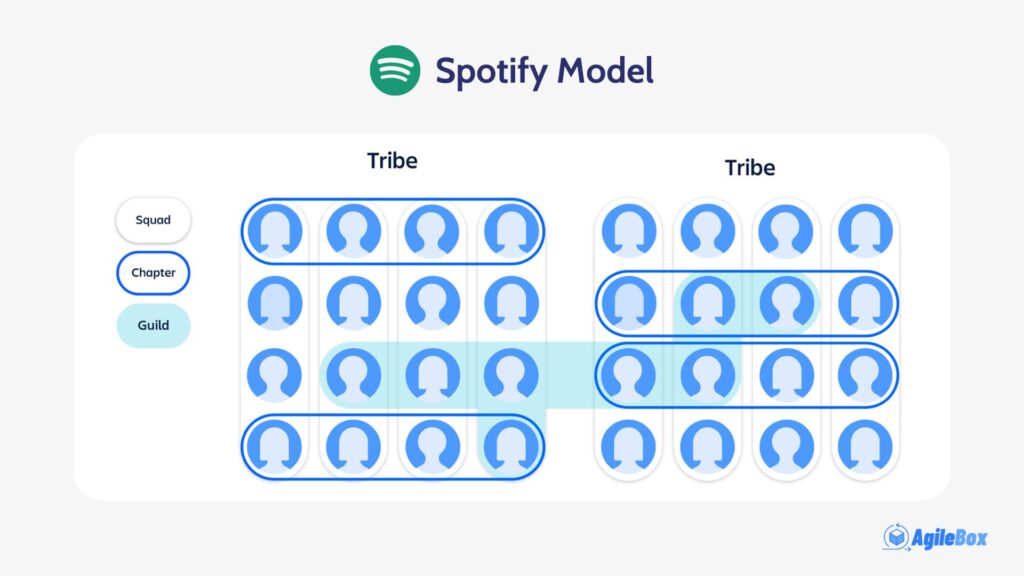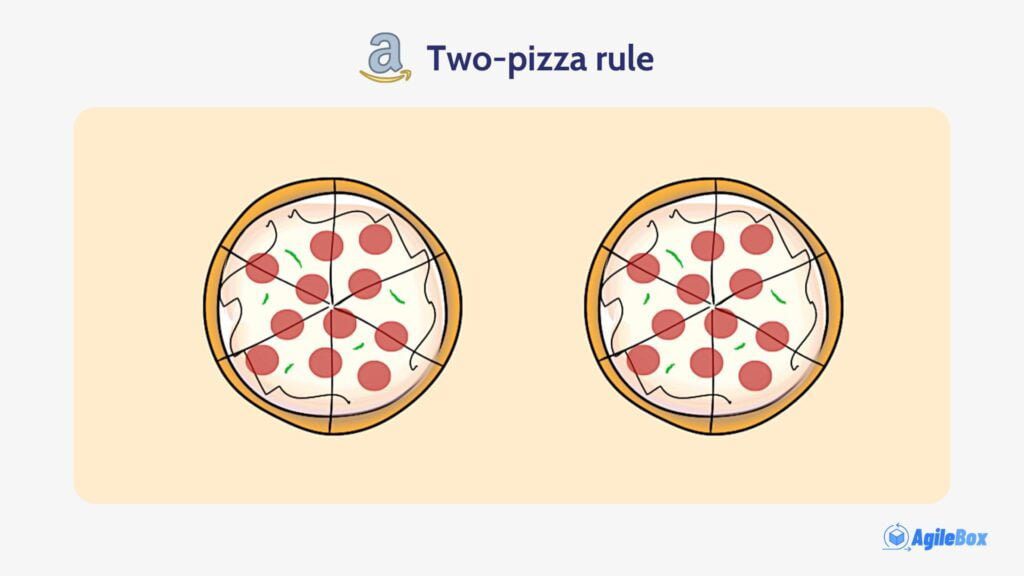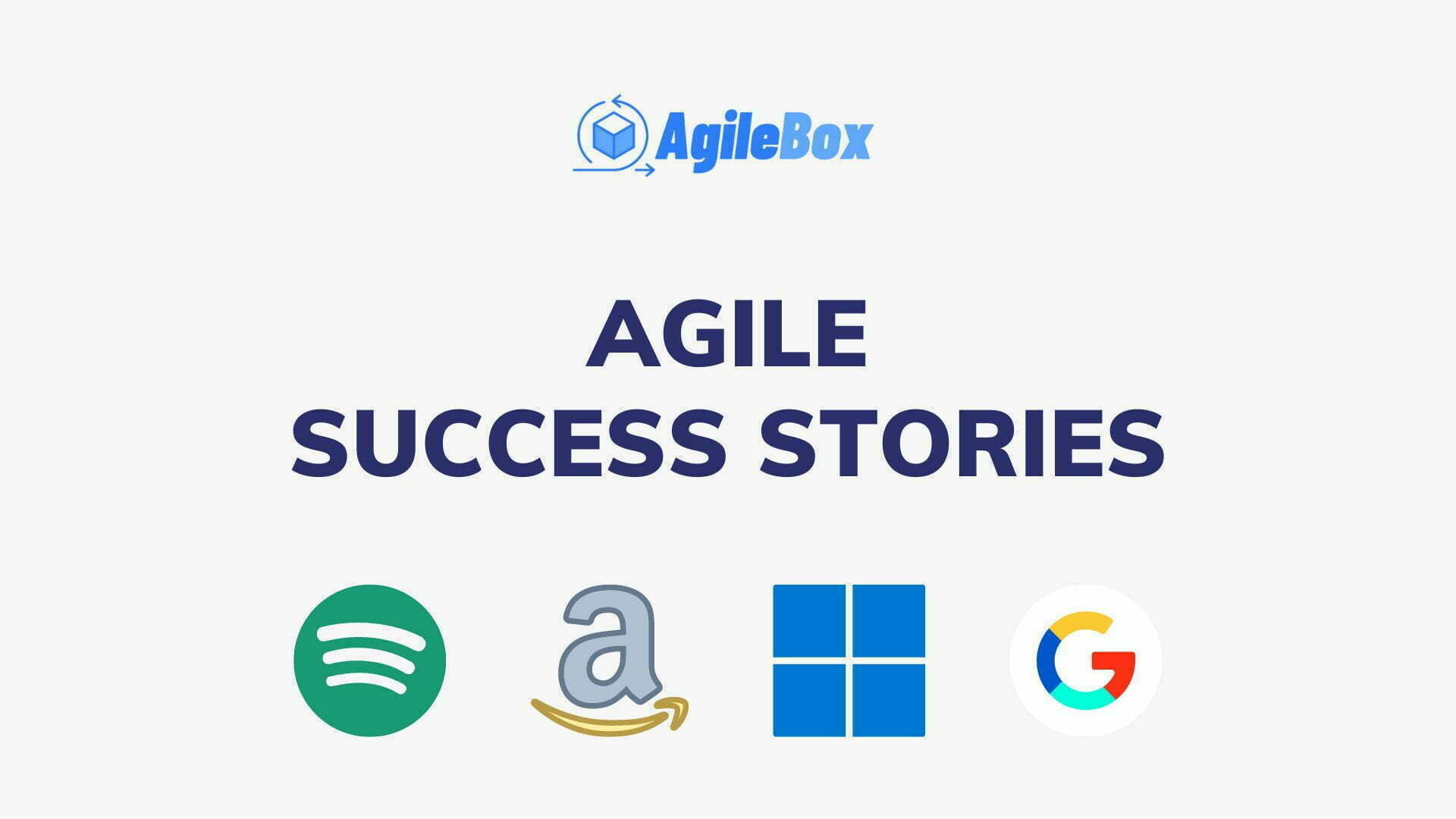I. Introduction
Agile methodology is a flexible and collaborative approach to software development that values customer feedback, adaptive planning, and continuous improvement. It is based on the principles of the Agile Manifesto, created in 2001 by a group of software developers who wanted to find a better way to deliver software products.
The agile methodology offers several benefits to software development teams, including:
- Rapid and Effective Response. Agile enables teams to swiftly and efficiently adapt to changing requirements and customer needs.
- Teamwork and Transparency. Agile fosters a culture of collaboration, open communication, and transparency among team members and stakeholders.
- Enhanced Software Quality. Agile emphasizes frequent testing, feedback, and iteration, leading to improved software quality.
- Increased Satisfaction and Engagement. Agile provides team members greater autonomy, ownership, and recognition, resulting in higher satisfaction and engagement levels.
Successful companies have embraced the Agile framework and methodology to enhance their productivity, improve collaboration, and deliver high-quality products and services. Here are a few well-known examples:
II. Agile Success Story 1: Spotify

A. Overview
Spotify is one of the world’s most popular music streaming services, with over 365 million active users and 165 million subscribers as of June 2021. But how did Spotify achieve remarkable growth and success in a competitive market? One of the key factors is its adoption of the agile framework, a set of principles and practices that enable teams to deliver value to customers faster and more efficiently.
B. Implementation of the “Spotify Model”:
Spotify’s agile framework is based on four main elements: squads, tribes, chapters, and guilds.
- A squad is a small, cross-functional team that works autonomously on a specific feature or product area.
- A tribe is a collection of squads with a shared mission or business goal.
- A chapter is a group of people with the same role or skill set, such as developers, designers, or testers, who belong to different squads but work together to share knowledge and best practices.
- A guild is a community of interest that spans the entire organization and allows anyone to join and learn from others who share a similar passion or challenge.
C. Key Outcome & Benefits
Spotify’s agile framework allows the company to scale its organization without losing speed and innovation. It also fosters a culture of collaboration, experimentation, and feedback, where teams can continuously learn from their mistakes and improve their products.
Spotify’s agile framework is not a rigid or fixed model but rather a flexible and evolving one that adapts to the changing needs and expectations of the customers and the market. Spotify’s agile framework is not only a way of working but also a way of thinking and being.
III. Agile Success Story 2: Microsoft
A. Integration of Agile methodologies in Microsoft’s software development
Microsoft has been a pioneer in the adoption of Agile methodologies. In 2001, the company was one of the founding members of the Agile Alliance and has since been a vocal advocate for Agile principles.
Microsoft has integrated Agile methodologies into all aspects of its software development process. The company uses Agile frameworks to develop new products, maintain existing products, and deliver updates and bug fixes.
B. Utilization of Scrum framework for product development
One of the most popular Agile frameworks used by Microsoft is Scrum. Scrum is a lightweight framework based on sprints, which are short periods (usually two weeks) during which the team works on specific tasks.
Microsoft uses Scrum to develop new products and update existing products. The company has found that Scrum helps improve communication and collaboration within teams and helps ensure that products are delivered on time and within budget.
C. Examples of successful products developed using Agile principles
Microsoft has developed many successful products using Agile principles. Some of the most notable examples include:
- Windows 10. Windows 10 was the latest Windows operating system version. It was developed using Agile principles and has been praised for its flexibility and adaptability.
- Office 365. Office 365 is a suite of productivity applications that includes Word, Excel, PowerPoint, and Outlook. It was developed using Agile principles and has been praised for its ease of use and cloud-based capabilities.
- Azure. Azure is Microsoft’s cloud computing platform. It was developed using Agile principles and has been praised for its scalability and reliability.
IV. Agile Success Story 3: Amazon

A. Overview
Amazon is one of the world’s most successful and innovative companies, and it owes much of its success to its adoption of the Agile framework. They adopted Agile in the early 2000s when it realized its traditional waterfall model was unsuitable for its fast-growing and dynamic business.
Amazon wanted to deliver products faster, with higher quality, and more customer satisfaction. They also wanted to foster a culture of innovation and ownership among their employees.
B. Implementation of the “two-pizza rule”
One of the critical practices that Amazon implemented to achieve agility was the two-pizza rule. The two-pizza rule states that a team should be small enough to be fed by two pizzas, usually between six to ten people.
The idea behind this rule is that smaller teams are more efficient, productive, and creative than larger teams. Smaller teams have less communication overhead, fewer coordination problems, and more autonomy and accountability.
Amazon divided its organization into hundreds of small teams, called two-pizza teams or microservices. Each team is responsible for a specific service or function, such as search, recommendations, payments, etc. It has its own goals, metrics, resources, and processes. Each team can also deploy its code independently, without waiting for other teams or approvals. This allows each team to experiment, innovate, and deliver value faster and more frequently.
C. Key Outcome & Benefits
Amazon achieved multiple outcomes and benefits by adopting the agile framework and the two-pizza rule. They experienced increased customer satisfaction through faster and more reliable product delivery, responsiveness to customer feedback, and market changes.
Additionally, Amazon fostered a culture of innovation and experimentation, leveraging the creativity of small teams to generate new ideas. They improved efficiency by reducing waste and bureaucracy and optimizing resources for delivering more excellent value at lower costs. Furthermore, Amazon enhanced scalability to handle business growth and quickly adapt to changes in technology and infrastructure.
V. Agile Success Story 4: Google
A. Agile development practices at Google
Google has been a pioneer in the adoption of Agile methodologies. The company has been using Agile principles since the early 2000s and has been a vocal advocate for Agile practices.
Google’s Agile development practices are based on the following principles:
- Collaboration. They work closely to ensure the product meets the user’s needs.
- Iteration. This means that they release early and often and get feedback from users to improve the product over time.
- Transparency. They share information with each other and users, and they are always open to feedback.
B. Emphasis on user feedback and continuous integration
Google places a strong emphasis on user feedback and continuous integration. The company uses various tools and techniques to gather user feedback, and it regularly integrates this feedback into the development process.
Continuous integration is a practice in which developers regularly integrate their code changes into a shared repository. This helps to ensure that the code is always working and that there are no significant conflicts when it comes time to release a new product version.
C. Notable products developed with Agile approaches
Google has developed many successful products using Agile principles. Some of the most notable examples include:
- Chrome. Chrome is a web browser that was developed using Agile principles. It has been praised for its speed, security, and user-friendliness.
- Android. Android is a mobile operating system developed using Agile principles. It has been praised for its flexibility and its customization options.
- Google Maps. Google Maps is a mapping service developed using Agile principles. It has been praised for its accuracy, ease of use, and wealth of features.
VI. Conclusion
Agile methodologies have driven success for companies like Spotify, Amazon, Microsoft, and Google. Benefits include increased customer satisfaction, innovation fostered, efficiency, and scalability. Agile enables faster product delivery, responsiveness to feedback, and adaptive planning. It fosters cultures of collaboration, experimentation, and reduced waste. Companies leverage Agile principles to develop successful products and adapt to market changes, ensuring high-quality outcomes and competitive advantages.
AgileBox is a Jira app that helps teams plan, collaborate, and track their agile projects. This is a powerful tool that can help teams improve their agile development process, which is developed by DevSamurai team. AgileBox makes the Agile process seamless, simple, fun, colorful, and productive.
This toolbox is for Agile teams to estimate, prioritize the product backlog, conduct retrospectives, daily standup & team health analysis, with three main features: Planning Poker for Jira, Agile Retrospective for Jira, and Daily Standup for Jira.
Try out our app now: Agile Planning Poker, Retrospectives, Daily Standup for Jira



